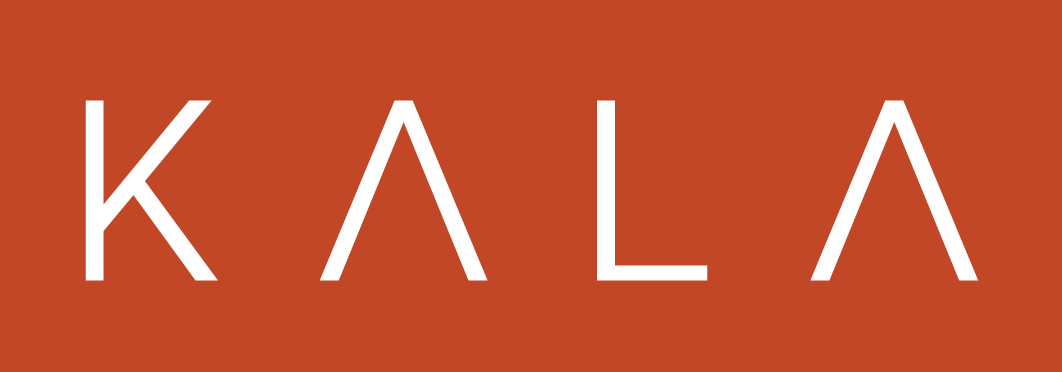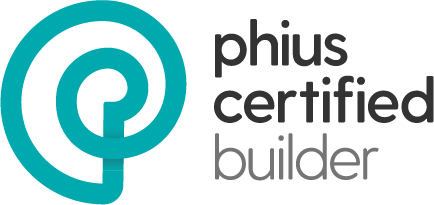Building Codes are Critical for Consumer Protection

The study of building science helps us understand the health and welfare threats and benefits of living indoors. This understanding is translated into recommended building codes every three years by the International Code Council via the International Energy Conservation Code. Building code plays a critical role in establishing a baseline performance expectation of any building.
Prior to January 1, 2024 Kansas City, MO was enforcing what was effectively the IECC 2006 residential energy code, now more than 18 years old. In 2023 the Kansas City, MO City Council voted to enforce the IECC 2021 energy code as the minimum standard for residential buildings in Kansas City. As of 29 July 2024 the City Council is being lobbied hard to take a step back from the 2021 building code even as IECC 2024 has introduced yet more improvements.
Kala feels that the current building code is not good enough. Every Kala home exceeds the 2021 IECC code in addition to every government or private industry ranking for thermal efficiency, indoor air quality, and energy consumption. And Kala homes are not subsidized by any government program but instead are completed and financed at market valuations that can be successfully financed through any lending agency.
Supporters of higher performance energy codes have focused their arguments around lower energy consumption which would benefit the environment and create energy savings for owners and residents. Opponents maintain that the cost and complexity of meeting the energy code would create more up front cost than the long-term savings would provide and would make new homes in Kansas City prohibitively expensive.
It's a Balancing Act
While sustainability is important, the singular focus on energy savings vs cost of construction is one-dimensional and doesn’t account for the deeper benefits of better buildings - namely better health and comfort for occupants and dramatically lower maintenance costs over time that, while harder to quantify in the short term, can add up to tens of thousands of dollars in only a few years.
Every house is a complex system of materials and labor that requires myriad decisions regarding function, size, style, and finish level. But generally left out of consideration is how the structure of the house will perform. This is determined primarily by things you cannot see - the construction between the paint on your interior walls and the visible siding on the outside.
A better approach to building a home is to balance total construction cost more evenly between size and interior finish level, and the elements that affect durability, sustainability, and the comfort and health of the occupants. Home buyers are generally unaware of the positive impact a higher building standard would have on their health and comfort, and perhaps most importantly, the durability of the home they are investing in. If they did, they would place the same emphasis on the quality of construction of their walls as they do on which cabinets and which countertops to use.
This is where code comes into play. Higher performance building standards enforced through code help consumers by specifying a higher performance wall assembly that may sound boring and arcane but is actually the most critical component of any house. It is also the only component that the buyer has no visibility to, meaning they only find out about sub par installation when the builder is long gone.
Our commitment to build better homes actually originated from a quest for durability. We had to ask ourselves hard questions. Why do so many new homes have significant amounts of wood rot within 5 - 15 years of their construction? Why is the replacement window market so large? Why do homes cool down in the winter and warm up in the summer so quickly causing the HVAC system to cycle constantly? Why do houses have hot and cold spots? Why is my house so dusty? Why do I have an insect problem? Why is my basement so cold and damp? Why is the room above my garage so hot? Why is my furniture fading? Why do I have sinus issues? Why do I have allergies? Why does my dog freak out during thunderstorms? Why do I have frost on the inside of my windows in the winter? Why is it so cold when I get out of the shower? Why is there excess moisture in the bathroom? Why do I have icicles hanging off my roof in the winter?
The answers are all provided by building science and the solutions involve applying the same level of craftsmanship and attention to detail you give interior finishes to the things you can’t see in your walls, basement, and roof.
The Future
Kansas City, MO needs a vibrant and profitable residential and multi-family building market. But the industry is here to serve the residents of Kansas City who deserve to live in homes and buildings that are healthy, comfortable, and durable. Industries don’t stand still. Innovation never stops for critical industries-computers, cars, cameras, drones, rockets that land themselves. But the residential housing industry in our region has struggled to apply the innovations building science presents. That is why we support the move to the IECC 2021 energy code, a clear and important step in the right direction that will benefit all residents regardless of their personal investment.
Curiosity, innovation, creativity, and a relentless pursuit of a better building drives Kala in every project. If you want to understand the benefits of building your home to an energy code that will likely be here in 2035 instead of one that is already out of date give us a call.




